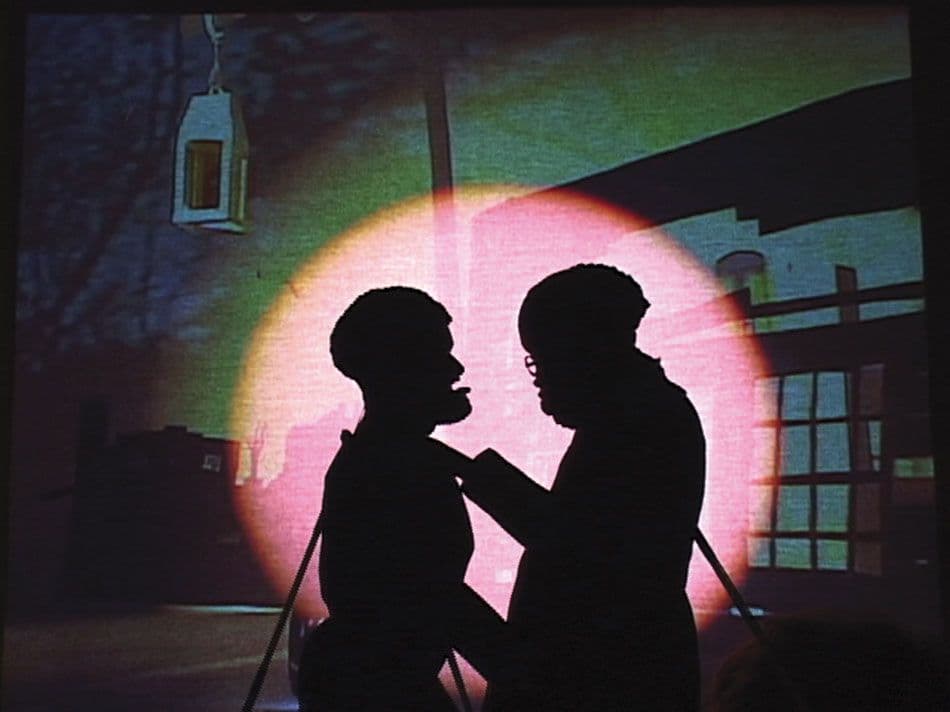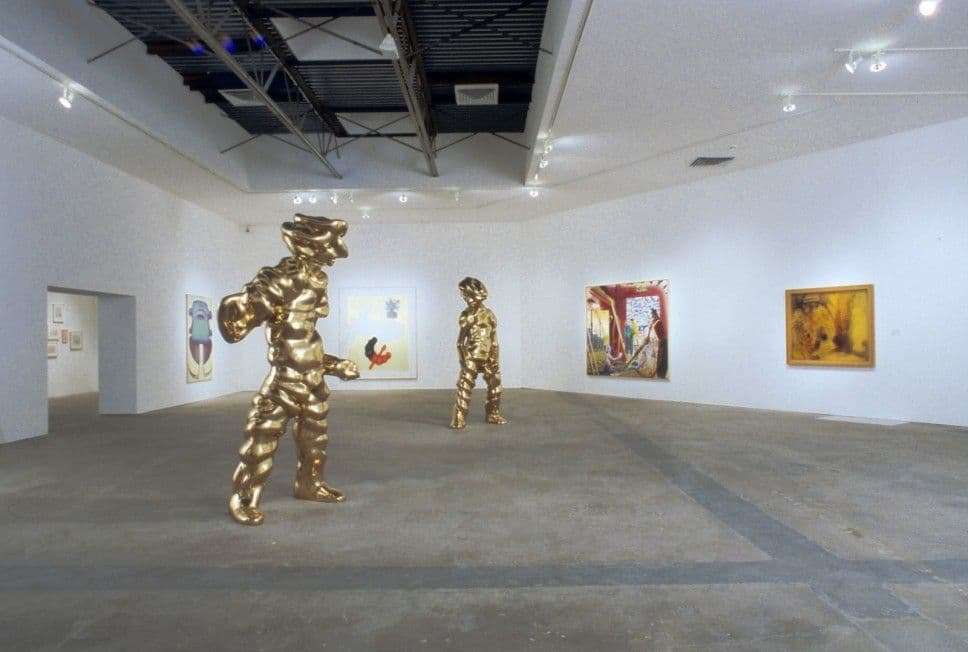Maria Lassnig
Year born:
1919-2014
Location:
Carinthia, Austria
Maria Lassnig was born in 1919 in Carinthia, Austria and passed away in 2014 in Vienna. Underappreciated for most of her life, Lassnig is now rightfully recognized as one of the most important Post-War painters.
From a young age, Lassnig began to explore the human figure through drawing. She studied painting at the Vienna Fine Arts Academy but found the art scene at that time to be too limiting. She moved to Paris in 1960 and then to New York in 1968, continually exploring how to represent the body as it feels to inhabit rather than how it appears from the outside – a concept which Lassnig named Körperbewusstseinsmalerei (“body awareness painting”). On returning to her native Austria in 1980, she became the country’s first female professor of painting. She also taught animation during her time at the Vienna University of Applied Arts.
Her life’s work won her many accolades including the Grand Austrian State Prize in 1988 and the Golden Lion for Lifetime Achievement in 2013 at the 55th Venice Biennale. She has been the subject of one person exhibitions at the Albertina Museum, Vienna; Deichtorhallen Hamburg; Kunsthaus Zurich; MoMA PS1, Long Island City, New York; Museum Ludwig, Cologne; Serpentine Gallery, London; Stedelijk Museum Amsterdam; and Vienna Secession among others. Lassnig represented Austria in the 1980 Venice Biennale alongside Valie Export, and she participated in Documenta in Kassel, Germany in 1982 and 1997.

